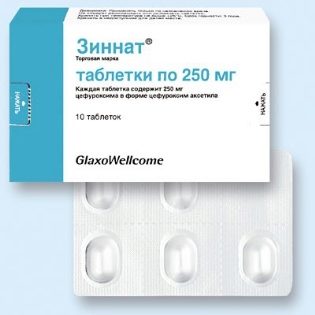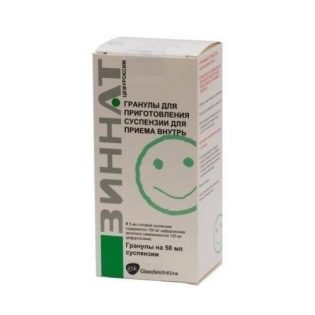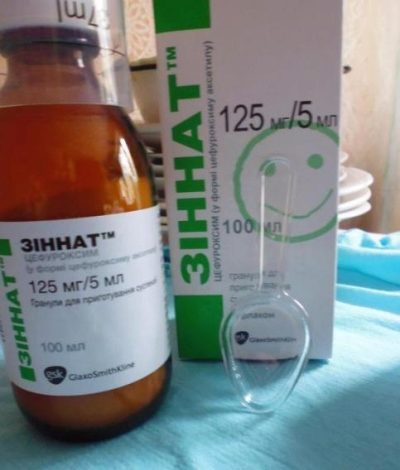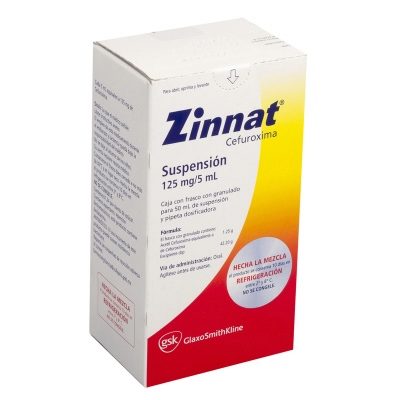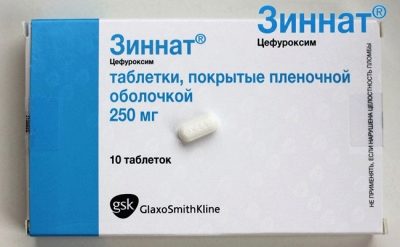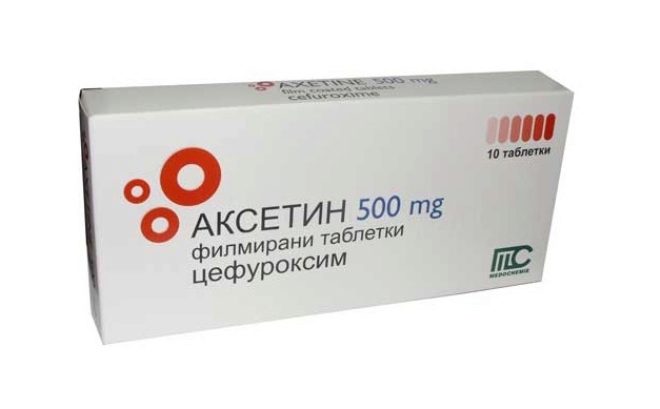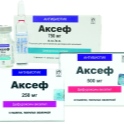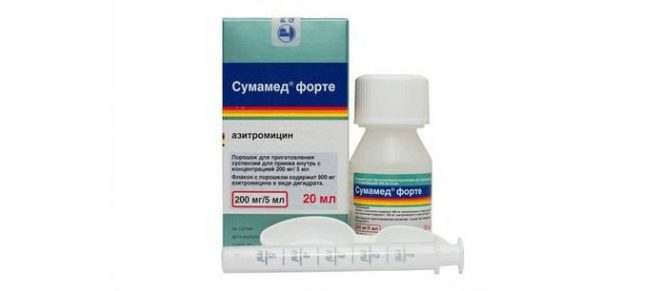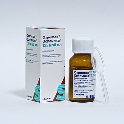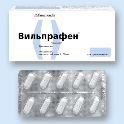Zinnat for children: instructions for use
Cephalosporin group antibiotics are considered very effective and are often prescribed to children with infectious diseases. One of the most popular among them is Zinnat, because, unlike many other drugs in this group, it is not represented by injections, but by forms that can be taken orally. When it is prescribed to children, what form is preferable at an early age and how to dose such medicine?
Release form
Zinnat produces:
- In bottles, inside which is 1.25 g of white granules. They differ in size less than 3 mm and irregular shape. If you add water to them, it turns light yellow or white. suspension with the smell of fruit. A glass is applied to the bottle in order to accurately measure the amount of water for preparing the suspension, as well as the spoon for dispensing the finished medicine.
- In pillswho have a film shell. They have white color and oval, convex on both sides form. Tablets are presented in two dosages and are sold packaged in blisters of 10 pieces, one blister per pack.
Zinnat does not have other forms, such as syrup, capsules, sachets with powder or ampoules.
Composition
The active substance in any form of the drug is cefuroxime, represented by the compound cefuroxime axetil. In 5 ml of suspension it is contained in the amount of 125 mg, and in one tablet there can be both 125 mg and 250 mg.
Additional substances in the liquid medicine are xanthan gum, povidone K30 and stearic acid. The sweet taste of the drug is provided by aspartame, sucrose and acesulfame potassium, and the smell is tutti-frutti flavoring.
Inside the tablets, cefuroxime is combined with sodium lauryl sulfate, hydrogenated vegetable oil, MCC, colloidal silicon dioxide and croscarmellose sodium. The preparation shell is made from propyl and methyl parahydroxybenzoate, propylene glycol, hypromellose and white dye.
Operating principle
Zinnat is antibiotic group "cephalosporins" and represents their second generation. It is active in relation to a large list of microorganisms, including bacteria emitting beta-lactamase, therefore this drug is effective if it does not affect microbes. amoxicillin or ampicillin. Influencing the formation of bacterial cell walls, cefuroxime has a bactericidal effect.
And now Dr. Komarovsky will tell us in which case antibiotics are dangerous for children, and in which case they are simply necessary.
The drug is active against Escherichia coli, Klebsiella, gonokokk, hemophilic bacilli, Proteus, different types of staphylococci, many types of streptococci, gram-positive and gram-negative bacilli, Borrelia and many other microorganisms. However, Zinnat will not help if the cause of the infection is Listeria, enterococci, enterobacter, pseudomonad, citrobacterium, legionella and some other bacteria.
In addition, staphylococcus, Proteus, Clostridium, and other microbes, which cefuroxime usually affects, may prove to be resistant to the drug. For this reason, before treatment, it is recommended to determine the sensitivity of the pathogen.We should not forget that the drug will not act on viruses, so Zinnat is not used for flu, mononucleosis, chickenpox and other viral infections.
Indications
The drug is prescribed for infectious diseases caused by microorganisms sensitive to Zinnat. The reason for giving a child this medicine may be:
- Otitis, pharyngitis, sinusitis, tonsillitis, or another disease of the upper respiratory tract.
- Urethritis, pyelonephritis or cystitis.
- Furunculosis, pyoderma or another bacterial infection of the skin.
- Pneumonia or bacterial bronchitis.
- Gonorrhea.
- Borreliosis
At what age is it allowed to take?
Suspension is used in children in children older than 3 months. The neonatal period is a contraindication to this drug. Children from 3 months to 3 years old are prescribed only a liquid form, and tablets are prescribed at the age of 3 years and older, provided that the child can swallow them without biting them. If a child is more than three years old (for example, 6 years old), but he is protesting against the solid form, suspension is used for treatment.
Contraindications
Any form of medication is not used in the treatment of children with intolerance to cephalosporins. Phenylketonuria is also a limitation for prescribing a suspension, since the composition of such Zinnat includes aspartame. If the child has renal pathology or diseases of the gastrointestinal tract, medication should be prescribed carefully. The presence in the composition of the liquid form of sucrose should be taken into account when used in patients with diabetes mellitus.
Antibiotics are indispensable in some cases, but there is another side to the coin that Dr. Komarovsky will tell us about.
Side effects
Due to the intake of Zinnat in a small patient, such negative phenomena are possible:
- Allergy. Most often, such a reaction is manifested by a rash on the skin, but it can be represented by urticaria, itching, or in rare cases, fever.
- Loose stools, nausea, or abdominal pain. Occasionally, medication leads to vomiting or colitis.
- Dizziness.
- Increased liver enzymes. Sometimes the drug provokes hepatitis or cholestatic jaundice.
- Headache.
- Increasing the number of eosinophils, lowering the number of platelets and leukocytes.
- Candida infection.
Instructions for use
Suspension
For the cultivation of the granules using a measuring cup, picking up to the mark of non-hot boiled water (37 ml). After shaking the granules, water is poured in, the bottle is closed and turned over. The bottle should be shaken vigorously for about 15 seconds, then turned over and shaken a little more.
Such a medication can be given undiluted by measuring the required volume of the preparation with a dosing spoon or a plastic syringe from the package of some other medicine (for example, Nurofen). If the child does not like the taste, the drug can be mixed with fruit juice or a small amount of milk before use. However, do not add any hot liquid to the suspension.
The drug is prescribed twice after meals. The dose for children over 2 years old is usually 5 ml - out of this volume of suspension, the child receives 125 mg of cefuroxime per dose and 250 mg per day. If a baby has otitis media or some serious infection, a single dosage is increased to 250 mg (2 spoons of suspension), that is, a small patient receives 500 mg of cefuroxime per day.
For children under 2 years of age, the dose is often calculated by weight. This definition of a single volume of the drug is often used for children over 2 years of age. To calculate the child's body weight in kilograms multiplied by 10 (with a severe infection - by 15). The resulting number is the amount of cefuroxime in milligrams, which is given for 1 reception.
Pills
This form of Zinnat is given after meals twice a day. The duration of treatment is determined by the doctor and can be 5-10 days, but most often the tablets are prescribed for 1 week.
In most cases, a single dose for a child is one tablet containing 125 mg cefuroxime. In severe cases of infection at one time give either two tablets of 125 mg or 1 tablet with a dosage of 250 mg.
The drug should be swallowed and washed down with a small amount of water.
The tablet should not break, pound into powder or crack at several parts. If the child cannot swallow it, it is better to refuse such a form and prefer a suspension.
Overdose
If you take the suspension in a dose greater than that prescribed by the doctor, or take several tablets at once, this can cause nervous excitement, and in some children, overdose can cause convulsions. Such negative symptoms are often treated symptomatically, and in severe conditions dialysis is performed.
Interaction with other drugs
- It is not recommended to give Zinnat together with drugs that reduce the acidity of the juices of the stomach, as this affects the absorbability of cefuroxime and its bioavailability.
- The combination with the "loopback" diuretic drugs prevents the kidneys from removing cefuroxime, which makes its plasma concentration higher.
- If you give pills or suspension simultaneously with treatment with aminoglycosides, it will have a toxic effect on the kidneys.
Terms of sale
To buy granules or tablets Zinnat pharmacies need to show a prescription from a doctor. On average, one bottle of granules costs about 260 rubles, and the price of a package of 125 mg cefuroxime tablets is about 240 rubles.
Storage conditions
Store packaging with tablets and a packed bottle of granules at home should be protected from children at temperatures up to + 300C. The storage temperature of the finished suspension is + 2 + 80C, so after dilution with water the drug is kept in the refrigerator. The shelf life of the granules is 2 years, tablets - 3 years, suspensions after dilution - 10 days.
Reviews
In most cases, parents respond well to treatment with Zinnat children. They confirm that such a drug is very effective in combating otitis media, sore throat, sinusitis, boils, cough for bronchitis and other problems caused by harmful bacteria. This is also confirmed by pediatricians, among whom is the famous doctor Komarovsky.
Most often for the treatment of children choose a suspension, which is praised for the ease of dosing. The disadvantages of the drug, many mothers called the appearance of side effects. Most often it is noted that diarrhea or vomiting occurs after taking Zinnat. In addition, some children do not like this medicine.
Analogs
Zinnat may be replaced by other cefuroxime-based drugs, such as Axetin, Zinacef, Cefurus or Cefurabol. However, almost all of these drugs are powder for injection. In pill form, only Axosef, Zinoksimor and Tsetil Lupine are released.
Other antibiotics from the group of penicillins or cephalosporins, for example, can be a replacement for Zinnat. Suprax, Ospamox, Ecoclav or Augmentin. Also, based on a sensitivity analysis of the bacteria, the doctor may change Zinnat for antibacterial drugs such as Sumamed, Macropene, Vilprafen and other medicines. However, to give their child their own is unacceptable. To determine which antibiotic is better for a specific infection, only a specialist should.


